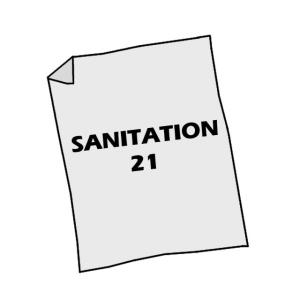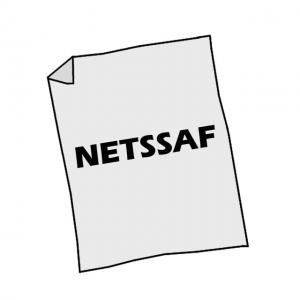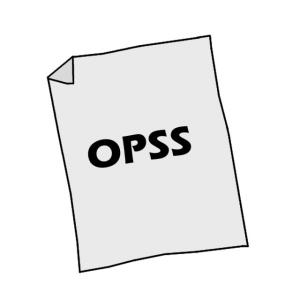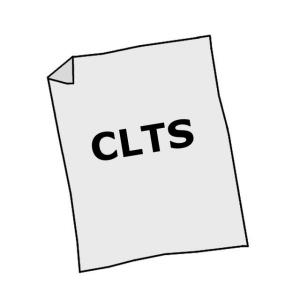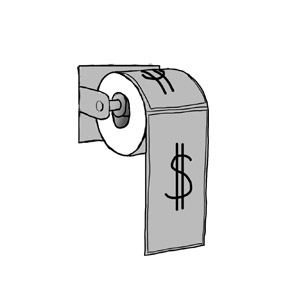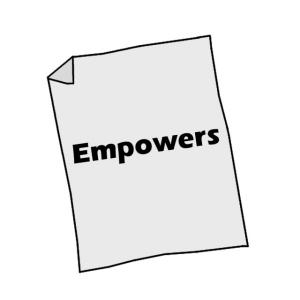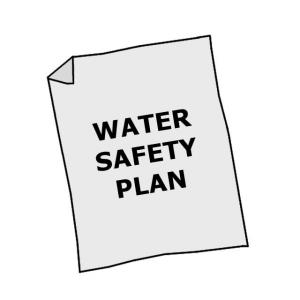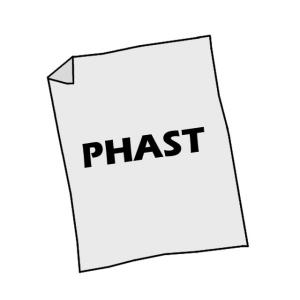Executive Summary
A floating plant pond is a modified maturation pond with floating (macrophyte) plants. Plants such as water hyacinths or duckweed float on the surface while the roots hang down into the water to uptake nutrients and filter the water that flows by.
| In | Out |
|---|---|
Freshwater, Blackwater, Greywater, Brownwater, Fertigation Water |
Treated Water, Food Products |
Introduction
Commonly used plants in floating plant ponds are water hyacinths and duckweed. Water hyacinths are perennial, freshwater, aquatic macrophytes that grow especially fast in wastewater. The plants can grow large: between 0.5 to 1.2 m from top to bottom. The long roots provide a fixed medium for bacteria which in turn degrade the organics in the water passing by.
Duckweed is a fast growing, high protein plant that can be used fresh or dried as a food for fish or poultry. It is tolerant of a variety of conditions and can significantly remove quantities of nutrients from wastewater.
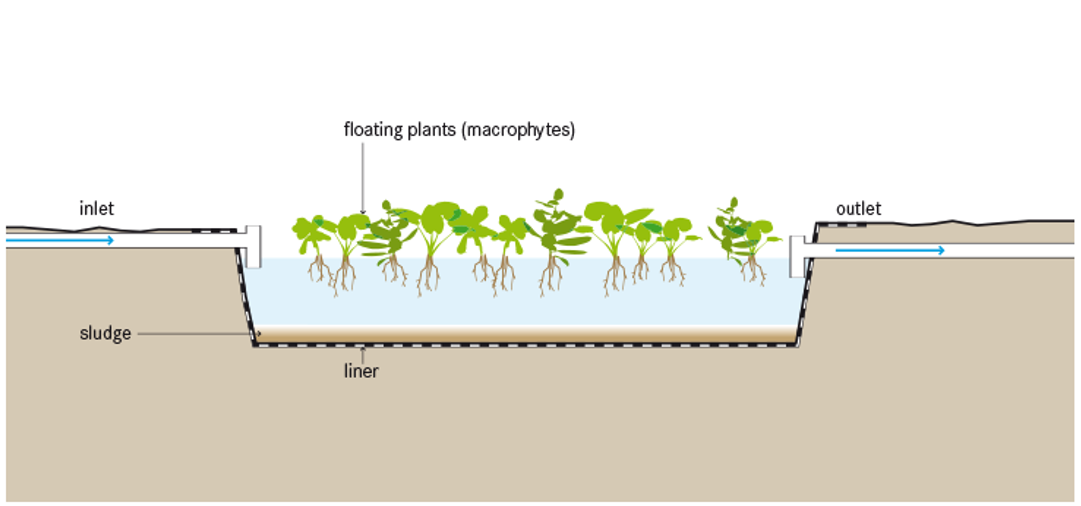
Design Considerations
Locally appropriate plants can be selected depending on their availability and the characteristics of the wastewater.
To provide extra oxygen to a floating plant technology, the water can be mechanically aerated but at the cost of increased power and machinery. Aerated ponds can withstand higher loads and can be built with smaller footprints (see also aerated ponds). Non-aerated ponds should not be too deep otherwise there will be insufficient contact between the bacteria-harbouring roots and the wastewater. A well-designed and maintained floating plant pond system can add value and interest to otherwise barren land. Adequate signage and fencing should be used to prevent people and animals from coming in contact with the water. Floating plants require constant harvesting. The harvested biomass can be used for small artisanal businesses, or it can be composted. Mosquito problems can develop when the plants are not harvested regularly. Depending on the amount of solids entering, the pond must be desludged periodically (see also waste stabilization ponds or free-surface constructed wetland.
Health Aspects/Acceptance
Water hyacinth has attractive, lavender flowers. A well designed and maintained system can add value and interest to otherwise barren land.
Adequate signage and fencing should be used to prevent people and animals from coming in contact with the water. Workers should wear appropriate protective clothing. WHO guidelines on wastewater and excreta use in aquaculture should be consulted for detailed information and specific guidance.
Operation & Maintenance
Floating plants require constant harvesting. The harvested biomass can be used for small artisanal businesses, or it can be composted. Mosquito problems can develop when the plants are not regularly harvested. Depending on the amount of solids that enter the pond, it must be periodically desludged. Trained staff is required to constantly operate and maintain it.
A floating plant pond is only appropriate when there is a sufficient amount of land (or pre-existing pond). It is appropriate for warm or tropical climates with no freezing temperatures, and preferably with high rainfall and minimal evaporation. Trained staff is required for the constant operation and maintenance of the pond. The technology can achieve high removal rates of both BOD and suspended solids, although pathogen removal is not substantial.
Harvested hyacinths can be used as a source of fibre for rope, textiles, baskets, etc. Depending on the income generated, the technology can be cost neutral. Duckweed can be used as the sole food source for some herbivorous.
.
Small and Decentralized Wastewater Management Systems
Decentralised wastewater management presents a comprehensive approach to the design of both conventional and innovative systems for the treatment and disposal of wastewater or the reuse of treaded effluent. Smaller treatment plants, which are the concern of most new engineers, are the primary focus of this book.
CRITES, R. TCHOBANOGLOUS, G. (1998): Small and Decentralized Wastewater Management Systems. New York: The McGraw-Hill Companies IncDuckweed Aquaculture
This literature review provides a first overview of the possibilities, potentials and limits of duckweed aquaculture and its combined use in wastewater treatment and animal feed production in low and middle-income countries. It is somewhat limited as critical literature on duckweed field use is scarce and difficult to obtain (e.g. unpublished internal documents).
IQBAL, S. (1999): Duckweed Aquaculture. Potentials, Possibilities and Limitations for Combined Wastewater Treatment and Animal Feed Production in Developing Countries. Duebendorf: Swiss Federal Institute of Aquatic Science and Technology (Eawag) URL [Accessed: 08.05.2019]Comparative Study of Wastewater Lagoon with and without Water Hyacinth
Aquatic Plants for Water Treatment and Resource Recovery
Duckweed Aquaculture: A New Aquatic Farming System for Developing Countries
The purpose of this booklet is to present a group of tiny aquatic plants commonly known as "duckweeds" as a promising new commercial aquaculture crop.
SKILLICORN, P. SPIRA, W. JOURNEY, W. (1993): Duckweed Aquaculture: A New Aquatic Farming System for Developing Countries. Washington: The World Bank URL [Accessed: 15.04.2014]Design Manual – Constructed Wetlands and Aquatic Plant Systems for Municipal Water Treatment
This document is a very complete design manual about constructed wetlands and aquatic plant systems for municipal water treatment. It describes different designs, application, performance and it includes several case studies.
U. S. EPA (1998): Design Manual – Constructed Wetlands and Aquatic Plant Systems for Municipal Water Treatment. Washington D.C.: United States : Environmental Protection Agency (EPA) URL [Accessed: 24.08.2011]Guidelines for the safe use of wastewater excreta and greywater. Volume III. Wastewater and Excreta Use in Aquaculture
Volume III of the Guidelines for the Safe Use of Wastewater, Excreta and Greywater deals with wastewater and excreta use in aquaculture and describes the present state of knowledge regarding the impact of wastewater-fed aquaculture on the health of producers, product consumers and local communities. It assesses the associated health risks and provides an integrated preventive management framework.
WHO (2006): Guidelines for the safe use of wastewater excreta and greywater. Volume III. Wastewater and Excreta Use in Aquaculture. Geneva: World Health Organisation URL [Accessed: 08.05.2019]
